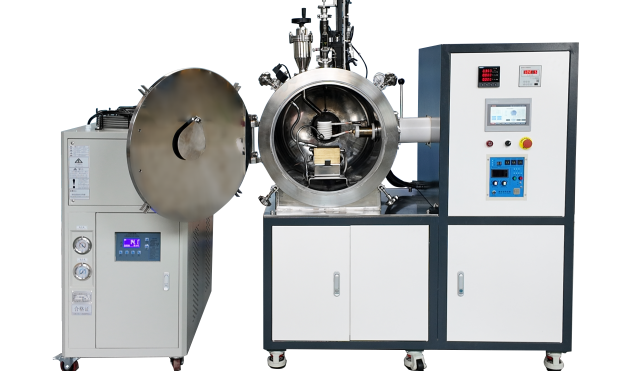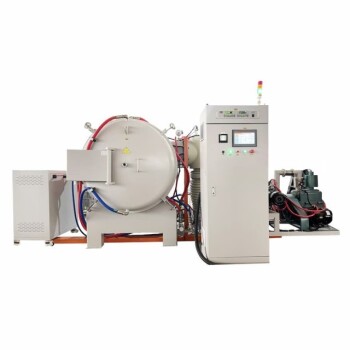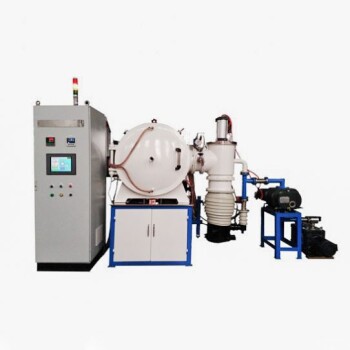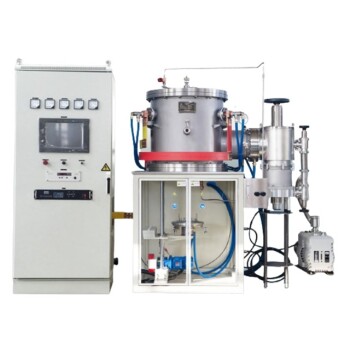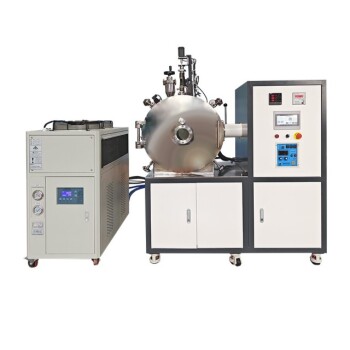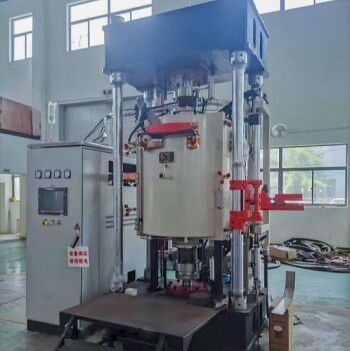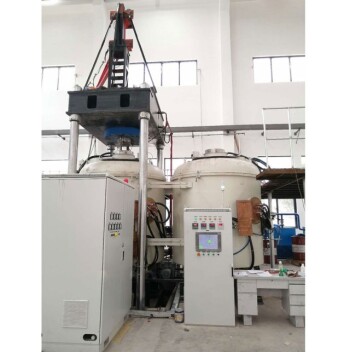Introduction
In the competitive landscape of advanced alloy manufacturing, vacuum induction melting (VIM) has emerged as a game-changer for industries demanding ultra-pure, high-performance materials. This article dissects VIM’s operational superiority—from precision control in aerospace-grade alloys to cost efficiencies at scale—and backs these insights with real-world data. Whether you’re optimizing turbocharger alloys or rare-earth magnet workflows, discover why leading metallurgists are pivoting to this technology.
Vacuum Induction Technology in Modern Metallurgy
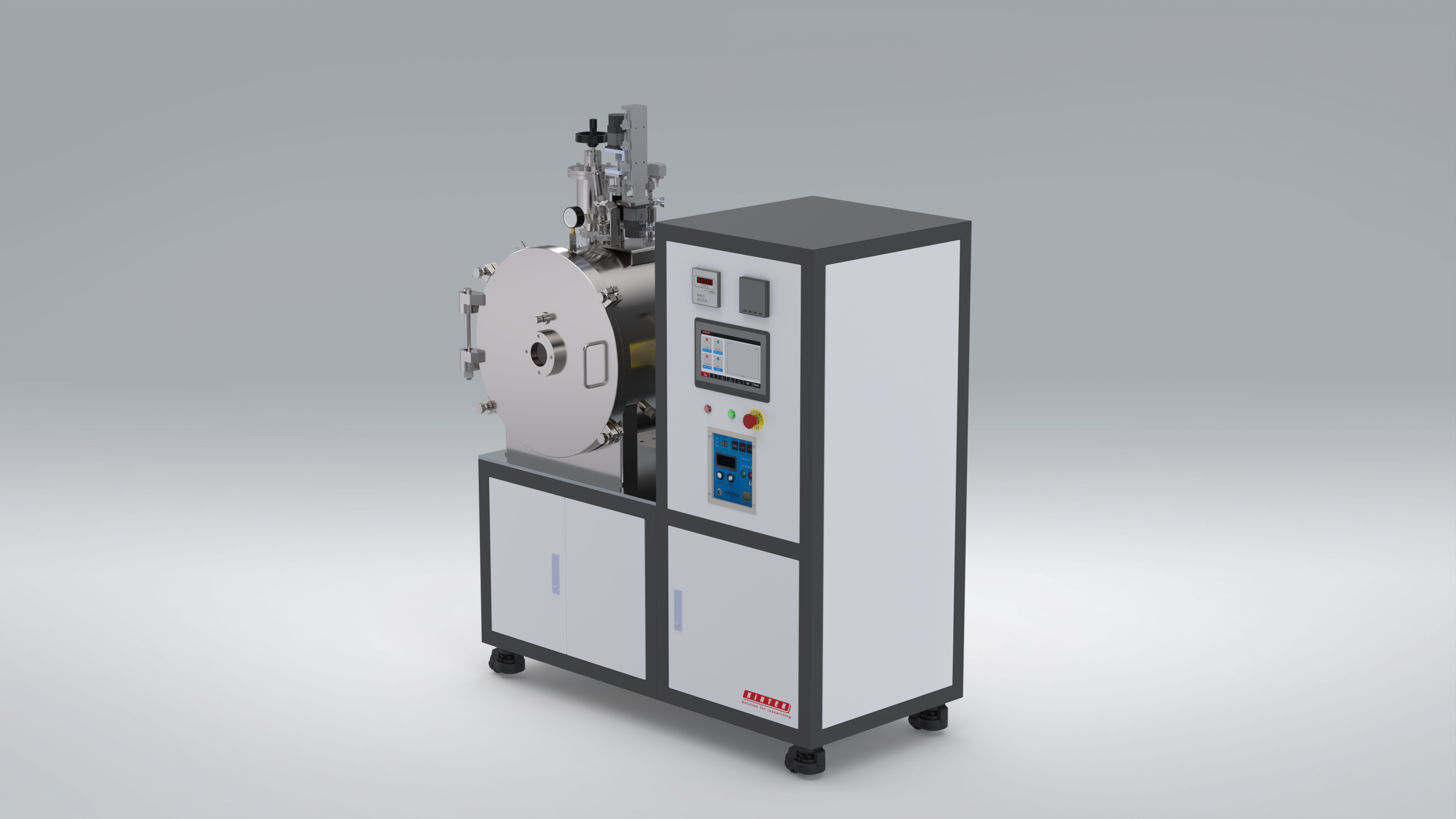
Precision Control Mechanisms for Aerospace-Grade Alloys
VIM’s closed-system design eliminates atmospheric contamination, a critical advantage for oxygen-sensitive metals like titanium and nickel superalloys. Unlike arc furnaces, which expose molten metal to ambient gases, VIM’s vacuum environment (typically below 10⁻³ mbar) prevents oxide formation.
Key mechanisms:
- Dynamic vacuum pumping: Rapidly evacuates dissolved gases (e.g., hydrogen in titanium melts).
- Temperature gradients: Maintained within ±2°C via induction coils, crucial for homogeneous solidification in Inconel 718.
Ever wondered how jet engine blades withstand 1,500°C without cracking? VIM’s precision is the unsung hero.
Cost-Benefit Analysis Across Production Scales
While VIM’s energy consumption (~1,200 kWh/ton for titanium) is higher than arc furnaces, its yield rates offset costs:
| Metric | VIM | Arc Furnace |
|---|---|---|
| Material yield | 98% | 89% |
| Scrap reprocessing | 5% loss | 15% loss |
For high-value alloys, VIM reduces waste disposal costs and minimizes post-processing—a decisive factor for automotive and aerospace tiers.
Material Quality Breakthroughs
Eliminating Oxide Inclusions in Titanium Processing
Titanium’s reactivity with oxygen traditionally limited its use in medical implants. VIM’s vacuum environment reduces oxide inclusions by 90% compared to argon-shielded melting, as validated by ASTM F67 compliance tests.
Case in point: Spinal implant manufacturers using VIM report 40% fewer post-machining defects.
Grain Structure Optimization Through Electromagnetic Stirring
VIM’s electromagnetic fields act like an invisible whisk, homogenizing molten metal. For Inconel 718, this:
- Reduces grain size variance by 35% (critical for turbine disc fatigue resistance).
- Accelerates impurity flotation, cutting inclusion counts to <10 particles/cm².
Think of electromagnetic stirring as a molecular-level ballet—orchestrating uniformity where chaos once ruled.
Industry-Specific Implementations
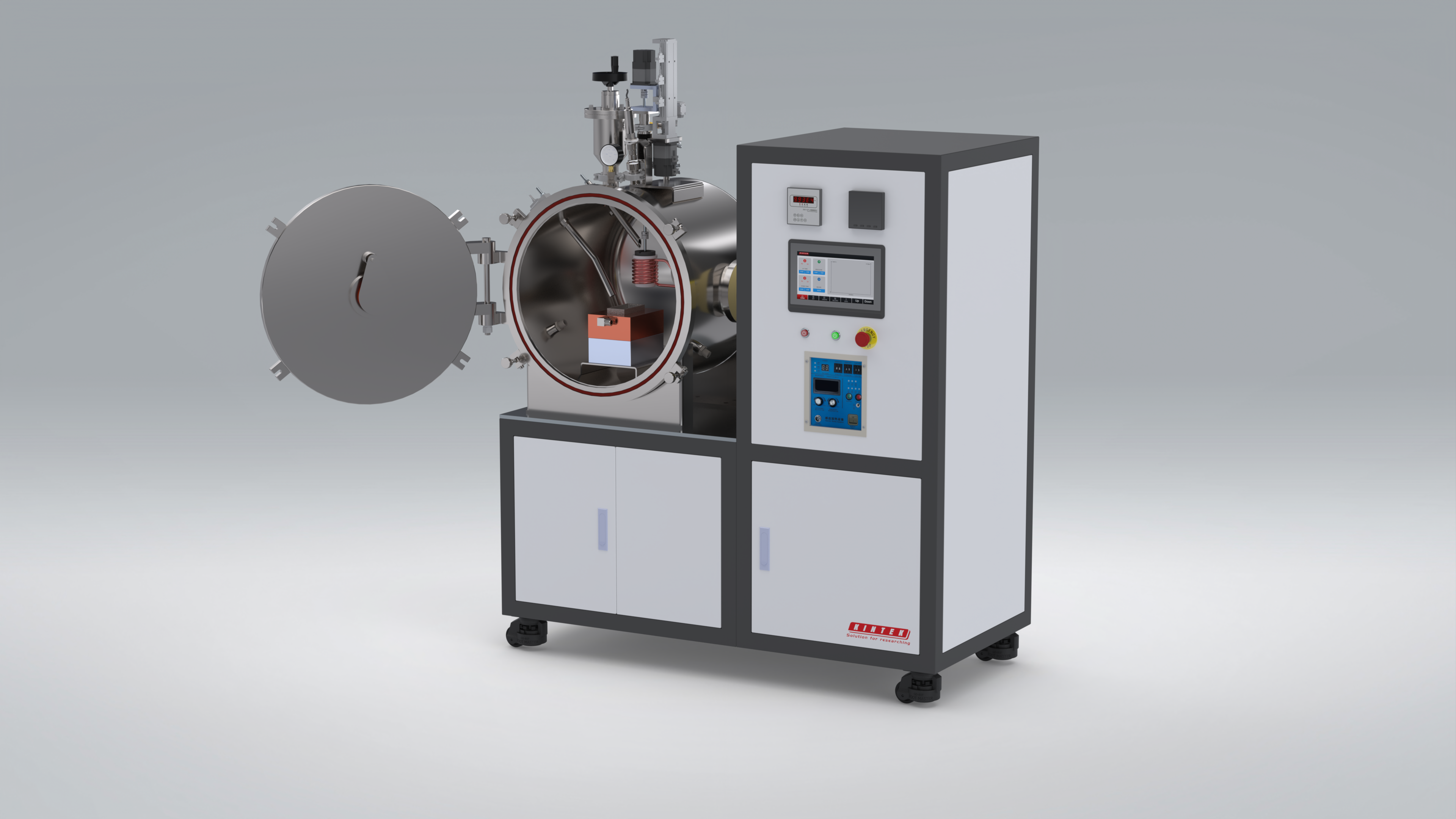
Automotive Turbocharger Alloy Case Study
A European OEM switched to VIM for MAR-M247 nickel alloy turbocharger wheels, achieving:
- 20% longer service life due to fewer grain boundary cracks.
- 7% weight reduction via optimized nickel-aluminum ratios.
Rare Earth Magnet Manufacturing Workflow
Neodymium magnets melted via VIM exhibit:
- 3x higher coercivity (resistance to demagnetization) versus traditional sintering.
- Near-net-shape casting, slashing grinding costs by 60%.
Conclusion: Strategic Advantages for Forward-Thinking Manufacturers
Vacuum induction melting isn’t just a process—it’s a paradigm shift. By prioritizing material purity and lifecycle cost savings, VIM positions industries to meet tomorrow’s material challenges today.
Actionable steps:
- Audit your alloy specs: Where do oxide inclusions or grain inconsistencies cost you?
- Pilot small batches: Kintek’s lab-scale VIM systems allow low-risk validation.
- Calculate total cost of ownership: Include scrap rates and energy recovery.
In an era where material science defines competitiveness, VIM is the crucible of innovation.
Products You Might Be Looking For:
https://kindle-tech.com/products/vacuum-induction-melting-furnace
https://kindle-tech.com/products/molybdenum-vacuum-furnace
https://kindle-tech.com/products/2200-graphite-vacuum-furnace
https://kindle-tech.com/products/2200-tungsten-vacuum-furnace
https://kindle-tech.com/products/vacuum-pressure-sintering-furnace
https://kindle-tech.com/products/600t-vacuum-induction-hot-press-furnace
https://kindle-tech.com/products/vacuum-molybdenum-wire-sintering-furnace
Related Products
- Molybdenum Vacuum Heat Treat Furnace
- 2200 ℃ Graphite Vacuum Heat Treat Furnace
- 2200 ℃ Tungsten Vacuum Heat Treat and Sintering Furnace
- Lab-Scale Vacuum Induction Melting Furnace
- Vacuum Heat Treat and Pressure Sintering Furnace for High Temperature Applications
Related Articles
- Why Your Brazed Joints Are Inconsistent—And the Fix Isn't in the Furnace
- Why Your High-Temperature Processes Fail: The Hidden Enemy in Your Vacuum Furnace
- Molybdenum Vacuum Furnace: High-Temperature Sintering and Advanced Applications
- Molybdenum Vacuum Furnace: High-Temperature Sintering and Heat Treatment
- The Symphony of Silence: Molybdenum and the Architecture of the Vacuum Hot Zone
